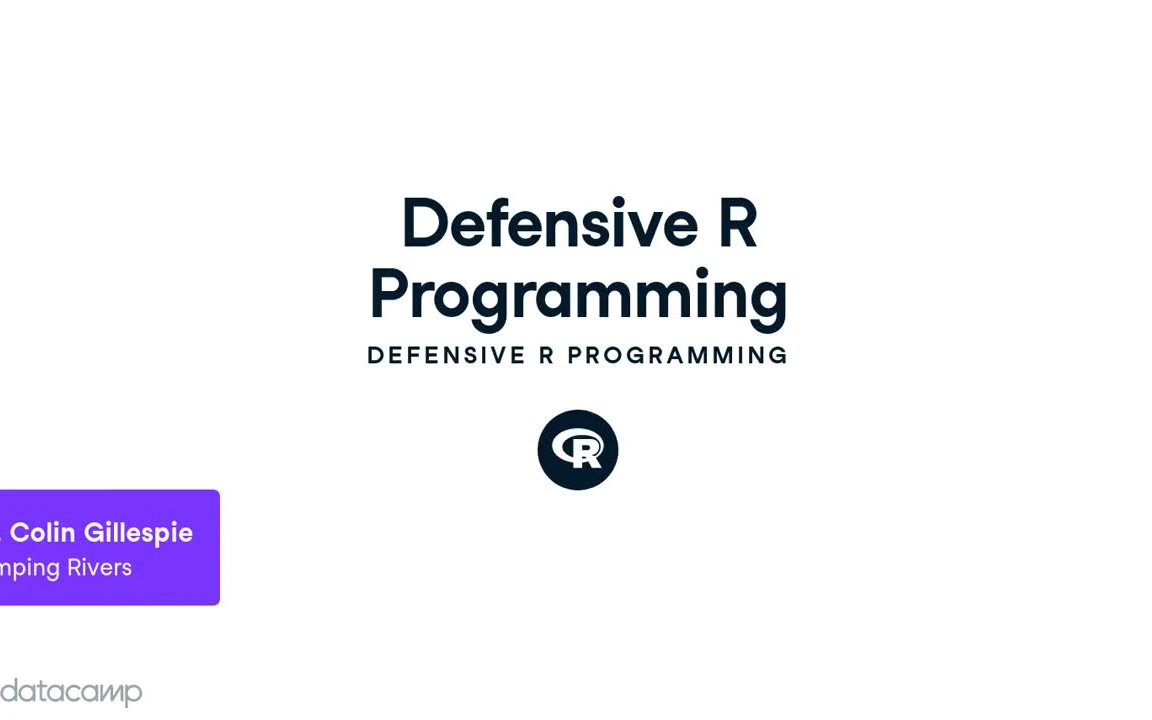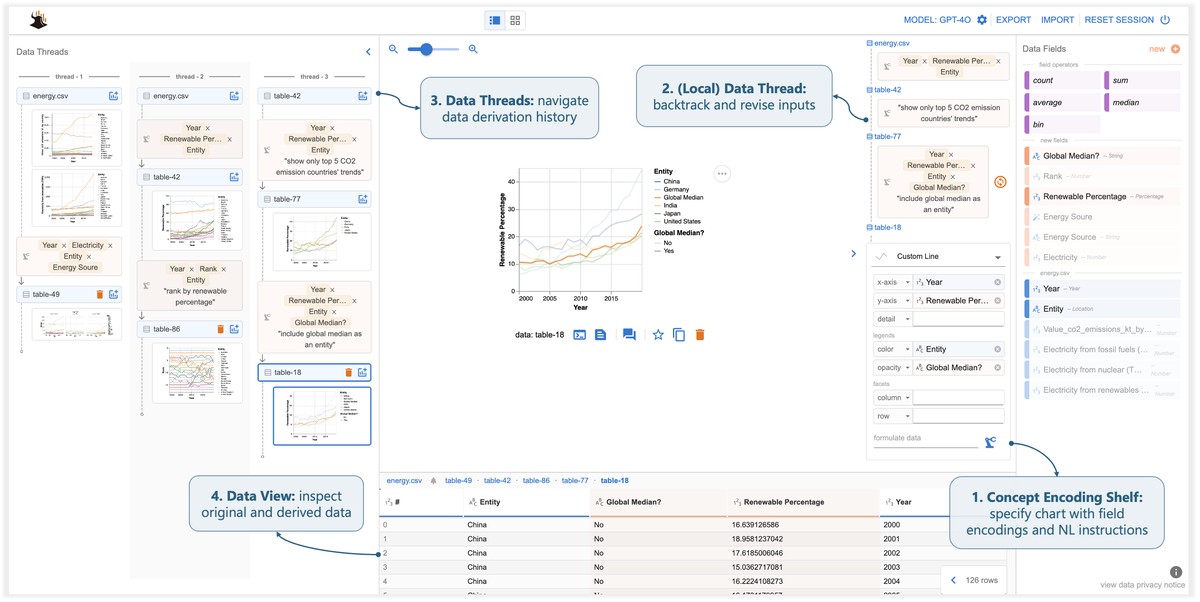=============================================
R programming has become one of the most powerful and widely used tools in the world of finance, especially for financial analysts. Its robust capabilities in data analysis, statistical modeling, and machine learning make it an indispensable tool for professionals in the financial sector. For financial analysts looking to deepen their understanding of financial data and improve their analysis skills, mastering advanced R programming techniques is essential. In this article, we will explore how advanced R programming can be applied in financial analysis, comparing different strategies and methods, and offering expert insights to help you become proficient in using R for financial analysis.
Why R Programming is Essential for Financial Analysts
R is specifically designed for statistical computing and data analysis, making it a natural fit for financial analysts who deal with large datasets, time-series analysis, and complex modeling. Financial analysts use R to perform various tasks such as:
- Data Manipulation: Cleaning, transforming, and summarizing financial data from different sources.
- Time-Series Analysis: Analyzing historical price data, economic indicators, and market trends.
- Statistical Analysis: Applying statistical tests and regression models to understand relationships in financial data.
- Visualization: Creating clear, insightful graphs and charts for reporting and decision-making.
Its flexibility, combined with the rich ecosystem of R packages specifically tailored to finance, makes it a go-to tool for analysts in finance.

Advanced R Techniques for Financial Analysts
1. Time-Series Analysis and Forecasting
Time-series analysis is one of the core areas where R excels, especially for financial analysts looking to analyze stock prices, exchange rates, or economic data. R has a wealth of packages like xts, zoo, and forecast that allow analysts to efficiently handle time-series data, perform trend analysis, and make predictions.
Key Time-Series Techniques:
- Autoregressive Integrated Moving Average (ARIMA): A widely-used method for forecasting future data points by analyzing the differences between values over time.
- Exponential Smoothing State Space Models (ETS): A forecasting method that gives more weight to recent observations to predict future values.
- Seasonal Decomposition of Time Series (STL): This technique helps to decompose a time series into seasonal, trend, and residual components.
Advantages:
- R provides highly specialized packages for time-series data manipulation.
- It allows for flexible model customization and easy integration of external data sources.
Disadvantages:
- Time-series analysis requires a solid understanding of statistical models and assumptions.
- ARIMA models, in particular, can be sensitive to parameters, which may require significant trial and error.
2. Machine Learning for Financial Prediction
Machine learning techniques have become increasingly important for financial analysts, particularly in predicting asset prices, market trends, and managing portfolios. R’s caret, randomForest, and xgboost packages provide robust frameworks for building machine learning models.
Key Machine Learning Techniques:
- Supervised Learning: Using labeled data to predict outcomes, such as predicting the price of a stock based on historical data.
- Unsupervised Learning: Discovering patterns in data without prior labels, such as segmenting customers into different risk profiles.
- Reinforcement Learning: A type of machine learning where the model learns through trial and error, optimizing decision-making over time.
Advantages:
- R provides powerful tools for implementing machine learning algorithms that can process large datasets efficiently.
- It has an extensive range of packages and support for deep learning frameworks like
kerasandtensorflow.
Disadvantages:
- Machine learning models can be computationally expensive and require substantial processing power.
- Fine-tuning machine learning models can be complex and time-consuming.
3. Portfolio Optimization and Risk Management
Financial analysts often need to build portfolios that maximize returns while minimizing risk. Advanced R programming enables the use of sophisticated portfolio optimization techniques, such as the Modern Portfolio Theory (MPT) and the Black-Litterman model.
Key Techniques for Portfolio Optimization:
- Mean-Variance Optimization: A method for optimizing portfolio weights based on the expected return and risk (volatility) of each asset.
- Risk Parity: A risk-based approach to portfolio construction that ensures each asset contributes equally to overall portfolio risk.
- Monte Carlo Simulations: A technique used to simulate a wide range of possible outcomes based on random sampling to assess the risk and return of portfolios.
Advantages:
- R has several financial packages like
PerformanceAnalytics,quantmod, andPortfolioAnalyticsthat can assist in portfolio optimization and risk analysis.
- Monte Carlo simulations are particularly useful for assessing portfolio performance under different market conditions.
Disadvantages:
- Portfolio optimization models can be sensitive to input assumptions, such as return expectations and correlation.
- Monte Carlo simulations require a large number of iterations, which can be computationally intensive.
Comparing Different R Programming Techniques
Time-Series Analysis vs. Machine Learning for Financial Prediction
Both time-series analysis and machine learning have their place in financial analysis, but they differ in approach and application:
- Time-Series Analysis: Best suited for data that has a temporal component, such as stock prices or interest rates. It’s ideal for forecasting future values based on historical patterns.
- Machine Learning: Best for analyzing large, complex datasets that may not necessarily be time-dependent. Machine learning can uncover non-linear patterns in the data and is effective for predictive modeling.
- When to Use Time-Series Analysis: When you have historical financial data that exhibits trends, seasonality, or autocorrelation. It’s great for predicting future prices or returns.
- When to Use Machine Learning: When the data is complex, non-linear, or lacks a clear pattern. Machine learning is excellent for high-dimensional datasets and can integrate multiple data sources, such as economic indicators and sentiment analysis.
Portfolio Optimization vs. Risk Management
Portfolio optimization and risk management are closely related but focus on different aspects of financial analysis:
- Portfolio Optimization: Aimed at constructing a portfolio that provides the best possible return for a given level of risk. It’s heavily focused on balancing returns across different assets.
- Risk Management: Focuses on minimizing potential losses by assessing the risk of individual assets and the overall portfolio. Techniques such as stress testing and value-at-risk (VaR) are commonly used.
- When to Use Portfolio Optimization: When the goal is to maximize returns while maintaining a specific level of risk. It’s best suited for long-term investment strategies.
- When to Use Risk Management: When the goal is to protect the portfolio from extreme market movements or tail risks, often used in volatile markets.

FAQ (Frequently Asked Questions)
1. How can I get started with R programming for financial analysis?
To get started, you can begin by learning the basics of R, including data manipulation, visualization, and statistical analysis. There are many resources available online, such as free tutorials and courses on platforms like Coursera and edX. Additionally, there are specialized R packages for financial analysis, such as quantmod, PerformanceAnalytics, and PortfolioAnalytics, which you can explore as you advance.
2. What are some common challenges financial analysts face when using R?
One common challenge is dealing with large datasets, which can be computationally intensive. Additionally, many financial models require a deep understanding of both statistics and finance, making them difficult to implement without the necessary background knowledge. R’s steep learning curve can also pose challenges, especially when learning advanced techniques such as machine learning or portfolio optimization.
3. Can R be used for real-time trading and decision-making?
Yes, R can be used for real-time trading, although it may not be as fast as some other programming languages like C++ or Java. However, R can be integrated with other trading systems and APIs to collect real-time data, execute trades, and analyze market conditions. For example, you can use R’s shiny package to build interactive dashboards for real-time analysis.
Conclusion
Advanced R programming techniques are indispensable tools for financial analysts looking to enhance their data analysis, forecasting, and risk management capabilities. By mastering R’s time-series analysis, machine learning models, and portfolio optimization techniques, analysts can gain deeper insights into market behavior and make more informed financial decisions. With the help of R’s extensive ecosystem of libraries and resources, analysts can continue to develop their expertise and stay ahead of the curve in the fast-paced world of finance.
If you found this article helpful, share it with your colleagues and fellow financial analysts. Don’t forget to leave your thoughts in the comments below!

0 Comments
Leave a Comment